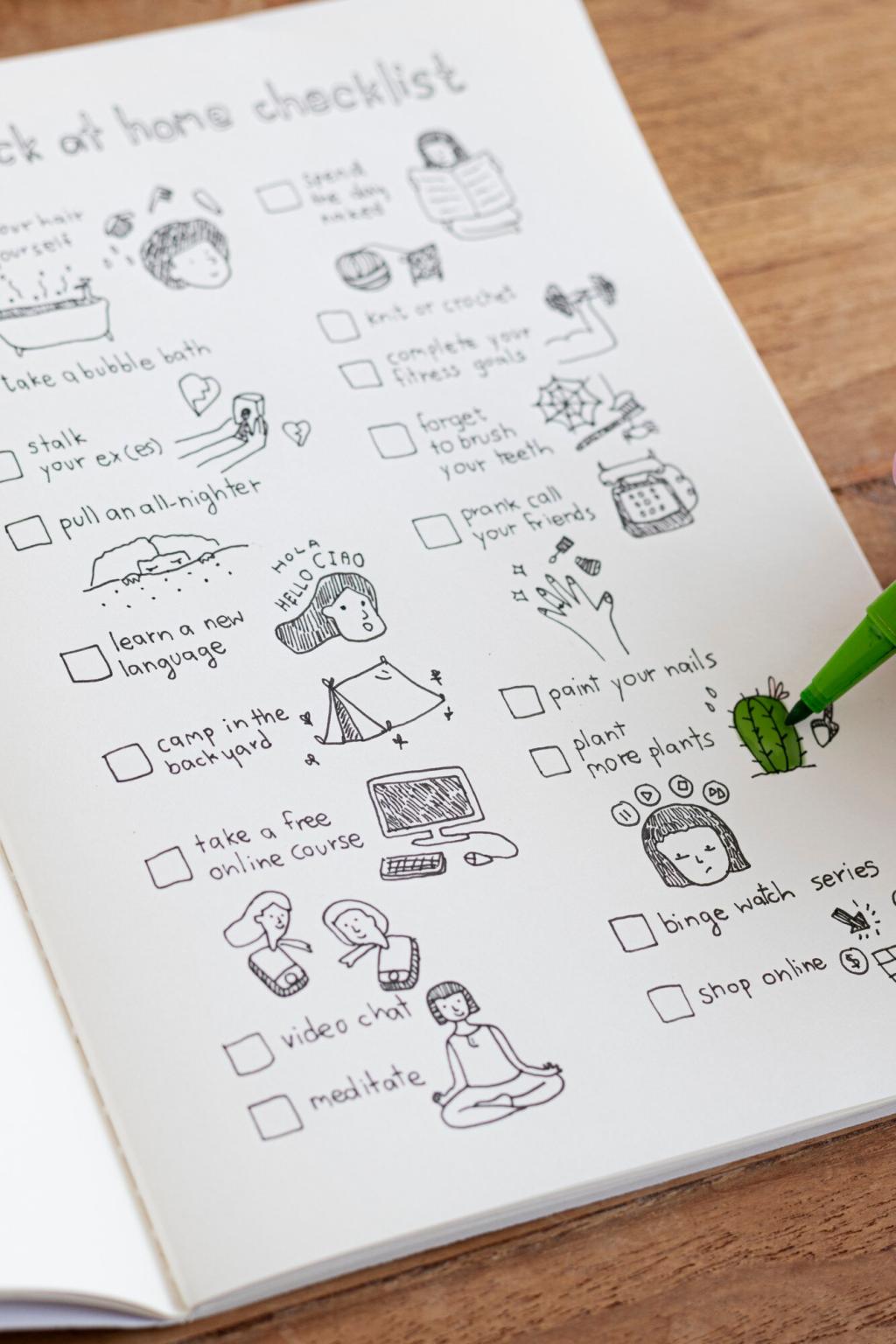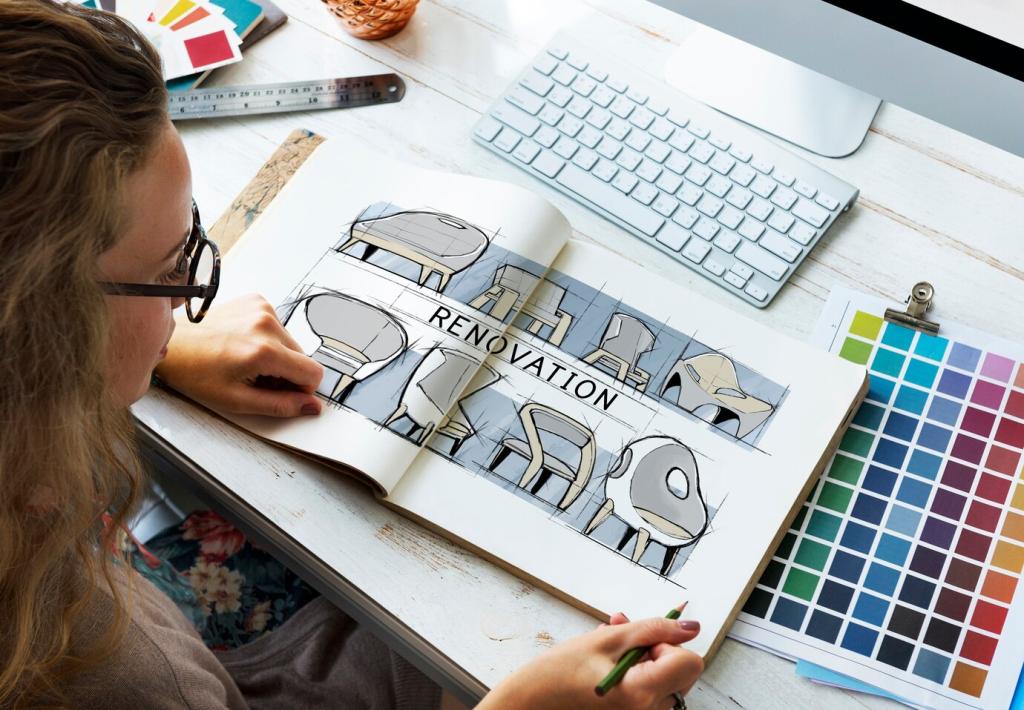
Iconography and Graphics in Mobile App Creation
Chosen theme: Iconography and Graphics in Mobile App Creation. Discover how a consistent visual language transforms usability, emotion, and brand trust across every tiny tap. Stay with us, share your thoughts, and subscribe for fresh visual insights.
Why Iconography Drives Mobile UX
Meaning at a Glance
On small screens, icons compress decisions into milliseconds. Clear silhouettes, familiar metaphors, and balanced negative space help users know what to do without reading a single line.
From Metaphor to Muscle Memory
When an icon matches the user’s mental model, repeated interactions become automatic. Over time, the brain stops decoding and simply flows, reducing friction and boosting satisfaction.
Engage: Share Your Icon Wins
Tell us about the one icon in your app that users instantly understood. What made it click—shape, color, animation, or context? Comment and help the community learn.
Building a Cohesive Graphic System
01
Grids, Keylines, and Alignment
Adopt a unified grid, keyline, and optical alignment rules so icons sit naturally with text and controls. This invisible scaffolding prevents micro-jitters and strengthens perceived quality.
02
Stroke, Corner, and Space Tokens
Define tokens for stroke weights, corner radii, and internal padding. With reusable decisions baked in, each new icon aligns effortlessly with the system’s rhythm and clarity.
03
Cross-Platform Harmony
iOS, Android, and web each have nuances. Keep a shared core style but respect platform idioms so your icons feel native, not cloned. Document exceptions to guide future work.



Color, Contrast, and Accessibility
Map colors to consistent intents—confirmation, caution, or error—while avoiding meaning that depends on hue alone. Reinforce with shape, labels, or patterns for inclusive understanding.


Color, Contrast, and Accessibility
Real users face glare, smudges, and cracked glass. Test icons at various brightness levels, ensure adequate contrast, and consider thicker strokes where environmental noise is inevitable.
Case Story: Rethinking a Weather App’s Icons
Users misread our radar and alert icons; the storm symbol looked decorative, not actionable. Support tickets climbed, and onboarding screens ballooned just to explain basic interactions.

Case Story: Rethinking a Weather App’s Icons
We simplified silhouettes, emphasized actionable affordances, and A/B tested with commuters. Think-aloud sessions revealed subtle confusion around arrows, which we replaced with motion-friendly chevrons.
Motion and Microinteractions for Icons
Motion With a Purpose
Use micro-animations to signal state changes: saving, syncing, or completing. Keep durations tight and easing gentle so the interface feels confident, not jittery or indecisive.
Lottie, Native, or SVG
Pick the right tech for target platforms. Lottie enables rich detail, while native animations feel lighter and integrate deeply with system gestures and accessibility settings.
Performance and Battery Mindfulness
Design for low-cost animation paths. Avoid constant loops when idle, throttle motion on low power, and respect reduced motion preferences to honor user comfort and health.
Asset Pipelines: Formats, Densities, and Delivery
Vectors scale well and stay crisp, but bitmaps can better convey texture or illustration detail. Choose based on size, performance, and the rendering strengths of each platform.
Asset Pipelines: Formats, Densities, and Delivery
Generate assets for mdpi to xxxhdpi, or rely on vectors where supported. On Android, use adaptive icons to ensure consistent masks and avoid awkward cropping across devices.
Asset Pipelines: Formats, Densities, and Delivery
Adopt scripts for export, linting, and naming. Continuous checks prevent mismatched sizes and rogue strokes, freeing designers to focus on meaning rather than mechanical tasks.



